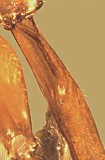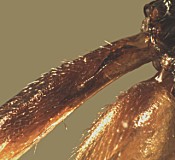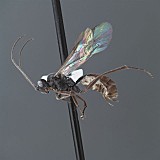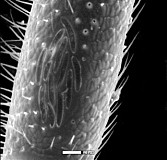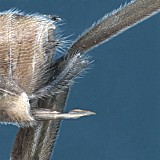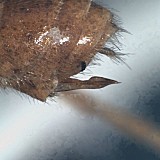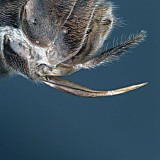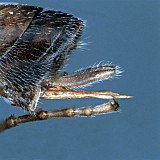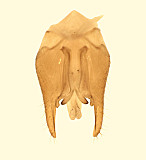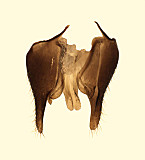Spanotecnus Foerster (1869): 197. Type species: Ichneumon filicornis Gravenhorst, 1820. Based on subsequent designation by Viereck (1914), chosen from among the four species that were first included in Spanotecnus by Thomson (1883). Synonymy indicated by Dalla Torre (1901).
Ichnaeops Foerster (1869): 197. Type species: Perilissus lutescens Holmgren, 1857. Designated by Perkins (1962). Synonymized independently and almost simultaneously by Townes et al. (1961) and Perkins (1962).
Polyoncus Foerster (1869): 197. Type species: Tryphon erythrocephalus Gravenhorst, 1829. Based on subsequent designation by Viereck (1914), chosen from among the three species that were first included in Polyoncus by Thomson (1883). Synonymized by Townes (1945).
Udenia Foerster (1869): 202. Type species: Perilissus (Udenia) herrichii Kriechbaumer, 1892. Based on subsequent inclusion by Kriechbaumer (1892). Monobasic. Synonymized by Schmiedeknecht (1912).
Exacrodus Foerster (1869): 210. Type species: Exacrodus populans Morley, 1913. Based on subsequent inclusion by Morley (1913). Monobasic. Synonymized independently and almost simultaneously by Townes et al. (1961) and Perkins (1962).
Daugna Seyrig, 1935: 29. Type species: Daugna alluaudi Seyrig, 1935. Original designation. Synonymized by Townes et al. (1965).
Pseudochorus Rao, 1953: 195. Type species: Pseudochorus kuriani Rao, 1953. Original designation. Synonymized by Townes et al. (1961).

